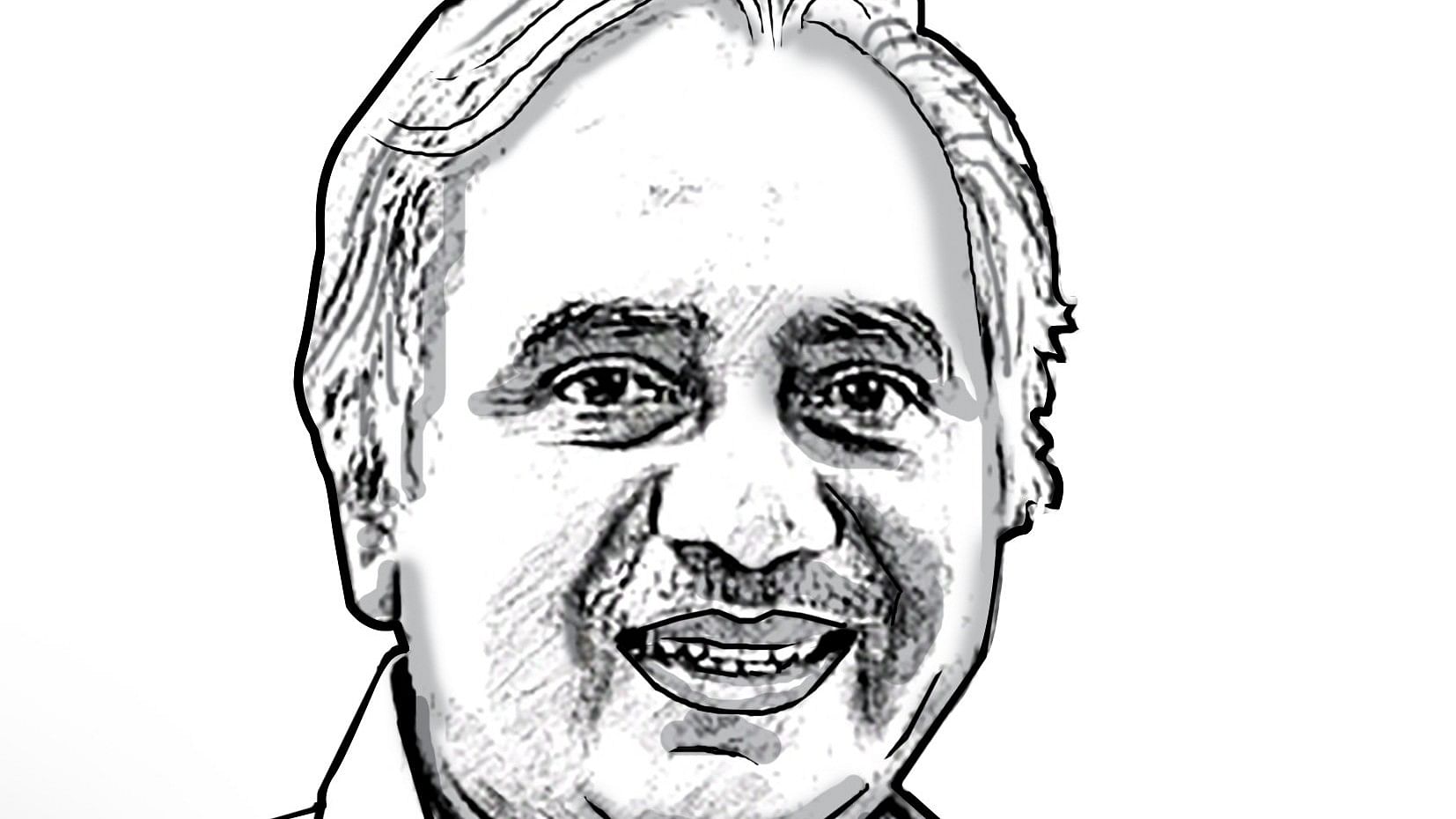
Seshadri Chari reads between the lines on big national and international developments from his vantage point in the BJP and the RSS @seshadrichari
That emphatic declaration was the last sentence of the whopping 5,000-word Wilmington Declaration joint statement from the leaders of Australia, India, Japan, and the United States, who met for the sixth time since 2021, this time in Wilmington, Delaware, the hometown of outgoing US President Joe Biden. It is curious that the Quad leaders felt the need to make that declaration at this juncture.
The Quad leaders discussed several issues related to the Indo-Pacific, including cooperation in health, post-pandemic recovery, cybersecurity and aspects related to the maritime domain, such as port development and security. This is probably the first time that a Quad meeting elaborately mentions focusing on combating cervical cancer in the Indo-Pacific region through the Quad Cancer Moonshot. This is the grouping that China fears as the ‘Asian NATO’ out to contain it.
A significant future agenda mentioned is the Maritime Initiative for Training in the Indo-Pacific (MAITRI) to enable the Quad partners to build on the Maritime Domain Awareness initiative they launched in 2022 to share satellite and other data among themselves and with other South-East Asian and Pacific Island nations.
The maritime cooperative initiatives will also include an arrangement by which US Coast Guard (USCG) vessels will bring counterparts from Australia, India and Japan on board “a first-ever Quad-at-sea ship observer mission” in 2025. The idea is to improve interoperability and strengthen maritime safety across the Indo-Pacific.
The USCG is a military branch that works with the Navy in wartime but remains a civilian operation otherwise. The Indian Coast Guard (ICG) is not classified as either a military force or a paramilitary force. Established as a non-military agency under the ministry of transport, Japan Coast Guard (JCG) is not part of its Navy, but it is an armed force that protects Japan’s maritime security. The Maritime Border Command, a joint command of the Australian Defence Force and the Australian Border Force which works alongside the Australian Federal Police, the Australian Fisheries Management Authority, and the Australian Maritime Safety Authority, is the de facto coast guard of Australia.
Unlike the coast guard forces of the Quad members, the Chinese Coast Guard (CCG), often referred to as “China’s Second Navy”, consisting of the North, East and South China Sea sub-bureaus, is part of the military apparatus of the Chinese Communist Party. In 2018, it was transferred from the civilian State Oceanic Administration to the People’s Armed Police in 2018, which reports to China’s Central Military Commission. The 2021 China Coast Guard Law empowered the CCG to clearly operate as a military force, increasing Beijing’s grey zone operations.
The ‘West Capella incident’ of 2020 resulted in the scripting of the ‘US Strategic Framework for the Indo-Pacific’. Besides ensuring a free and open Indo- Pacific, the framework envisaged a common cooperative interoperable coast guard approach to counter Chinese forays into “illiberal spheres of influence”. The US is aware that its security and economic supremacy depends on a free and open Indo-Pacific, and loss of its pre-eminence in the Indo-Pacific will weaken its ability to achieve its global strategic interests. The US is also convinced that a strong India, in cooperation with like-minded countries, will act as an effective counterweight to China.
Contrary to what the US believes, and hopes, India has made it clear that the Quad cannot and need not emerge as a security architecture aimed at containing China. But New Delhi shares the concerns of its Quad partners and other stakeholders in the Indo-Pacific on China’s assertiveness and hegemonic objectives as it turns its civilian and technological capabilities to military might.
The last fortnight has been a period of hectic diplomatic activity for India, with the Prime Minister Modi rubbing shoulders with the Quad partners and the democratic West, while his National Security Adviser Ajit Doval was briefing Vladimir Putin of Russia on Modi’s visit to Ukraine. The two meeting schedules on two continents, had one common agenda -- to demonstrate India’s diplomatic capabilities in pitching for peace amidst conflicts, showcasing the economic opportunities in India, and also stake India’s well-deserved claim to membership in the UN Security Council.
The Quad’s objectives go far beyond concerns over China. Its objectives include renewing global commitments on Sustainable Development Goals (SDGs), mitigating challenges posed by climate change and drawing up a blueprint for a new cooperative framework for global peace and prosperity. New Delhi has a good deal of homework to do as it prepares to host the next edition of the Quad summit, in 2025, not least because it will then be dealing with a new American President and a new Japanese Prime Minister than the ones Modi met in Wilmington.
